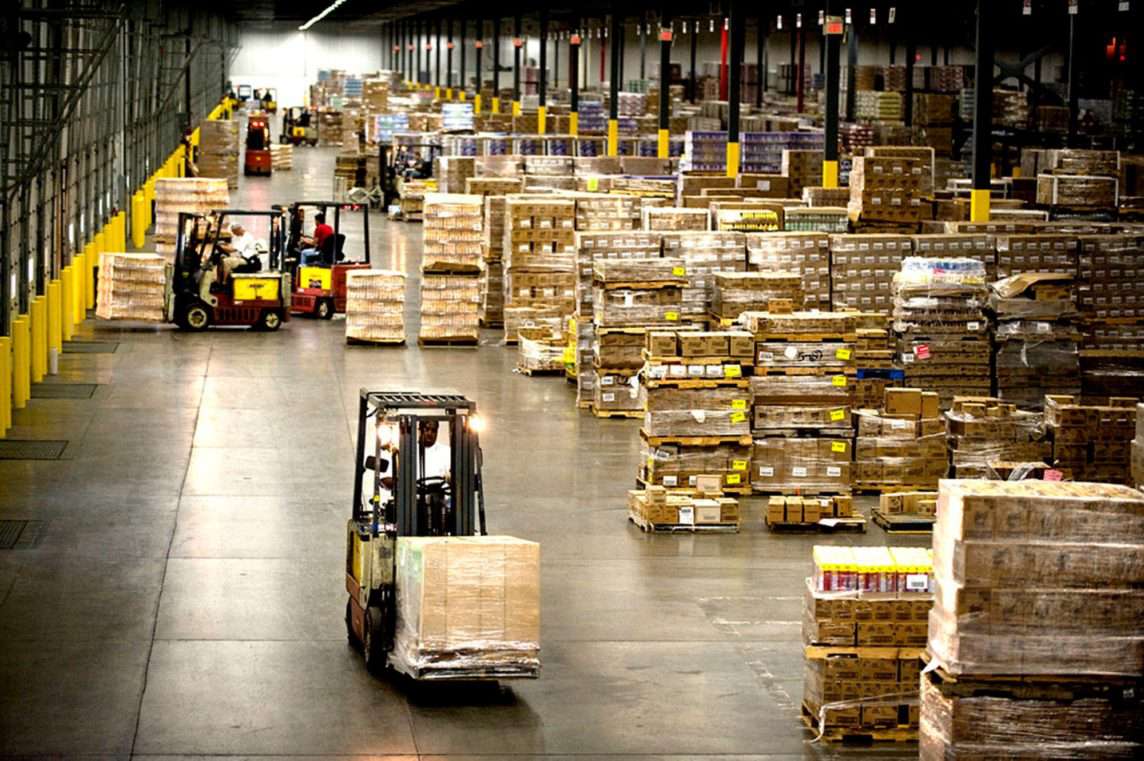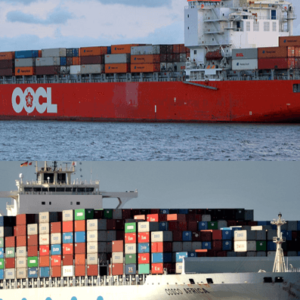The unprecedented scarcity of US warehouse and distribution space is driving prices up and forcing shippers to develop innovative solutions. According to JOC, warehouse rental prices have risen 10% over last year in coastal markets (New York-New Jersey, Long Beach, and Los Angeles) with rates in smaller markets following close behind. Warehouse space is all but impossible to secure in seaport-adjacent urban cores, with vacancy rates as low as 2%. As Jones Lang Lasalle (JLL) succinctly put it in their 2017 industrial outlook: “there’s simply little to no industrial product available.”
The construction sector is racing to keep pace with warehouse demand. JLL reported a 29% increase in build-to-suit construction this year, with 167 million square feet of warehouse space currently under construction. But retailers and 3PL firms are snatching up space as fast as it can be built, with 43% of square footage already pre-committed, an all-time high. Aside from mere scarcity, building designers are still learning how to create distribution centers that reflect the industry’s new emphasis on last-mile delivery, and are struggling to adapt to the size limitations imposed by densely-packed urban centers. In Seattle, Prologis is building the US’s first three-story distribution facility, and hopes to eventually expand the concept to other crowded markets. But while multi-story warehouses have been in use for years in Europe in Asia, and could hugely increase capacity in urban areas, industry observers predict the trend will be slow to take off in the US.
Like many of the changes currently reshaping the logistics landscape, this one is driven by e-commerce, and particularly by Amazon. Thanks to Amazon, online shoppers demand ever-faster delivery times, with profound consequences for distribution models. Lightning fast delivery requires warehouse space near major population centers, and Amazon is leading an industry-wide push towards cities by investing heavily in smaller, urban distribution facilities that provide a more agile presence than its more remote, million square-foot fulfillment centers. Amazon’s aggressive urban presence will only continue to grow with its acquisition of Whole Foods, and the industry is watching closely to see how it will adapt its highly-automated warehouse management techniques to the challenges of perishable groceries.
For shippers without Amazon’s resources, the warehouse shortage is forcing them to make difficult choices between faster deliveries and manageable rent. Shippers for whom competitive deliveries are not a core value can save money by leasing space outside population centers where prices are skyrocketing. However, the savings offered by this option may not be stable in the long term, as the truck driver shortage and ELD mandate are predicted to raise drayage costs in the near future.
Until the market stabilizes, shippers can manage costs by achieving maximal warehouse efficiency with the space available, either by investing in equipment or organizational techniques. Your Red Arrow representative might also have creative storage solutions to offer, such as shipping cargo via water and using ships as floating warehouse space. However they choose to address it, logistics professionals agree that the warehouse shortage is likely to continue for the foreseeable future, and weathering it will demand not merely crisis management, but long-term solutions.
Ask Red Arrow Logistics how we can help manage your warehouse needs today!



